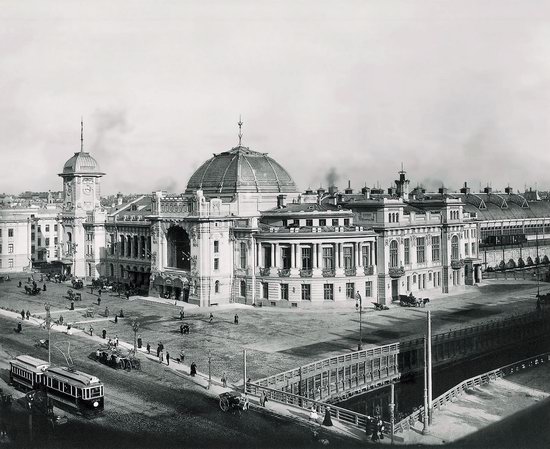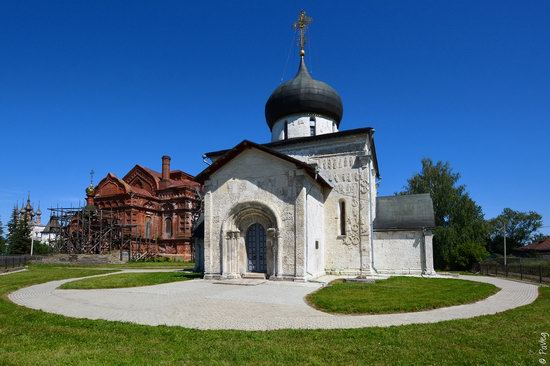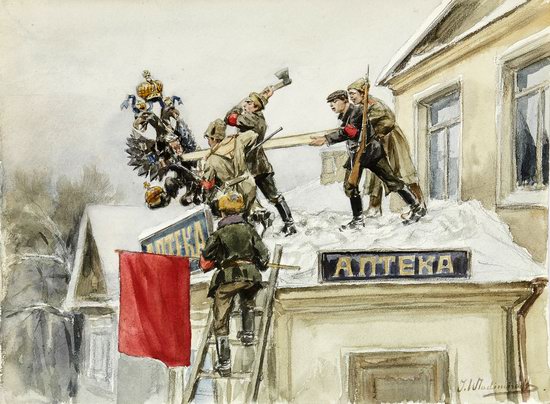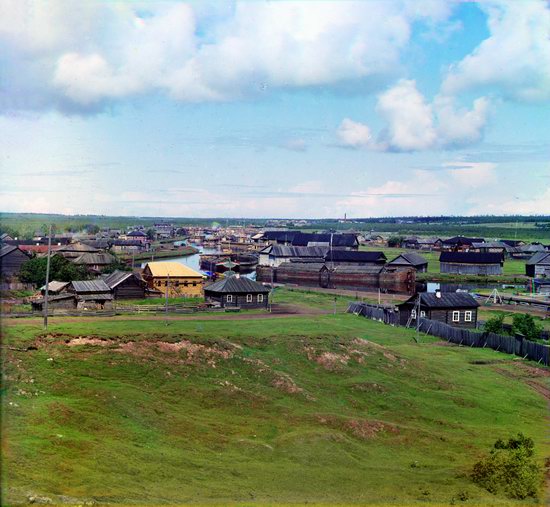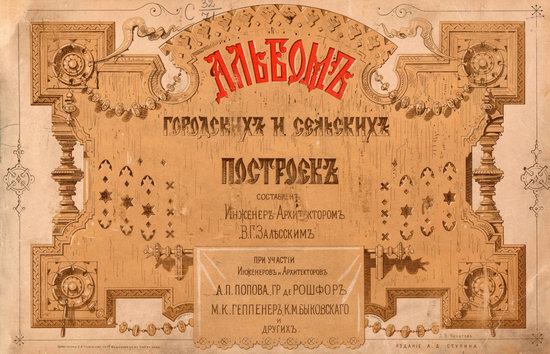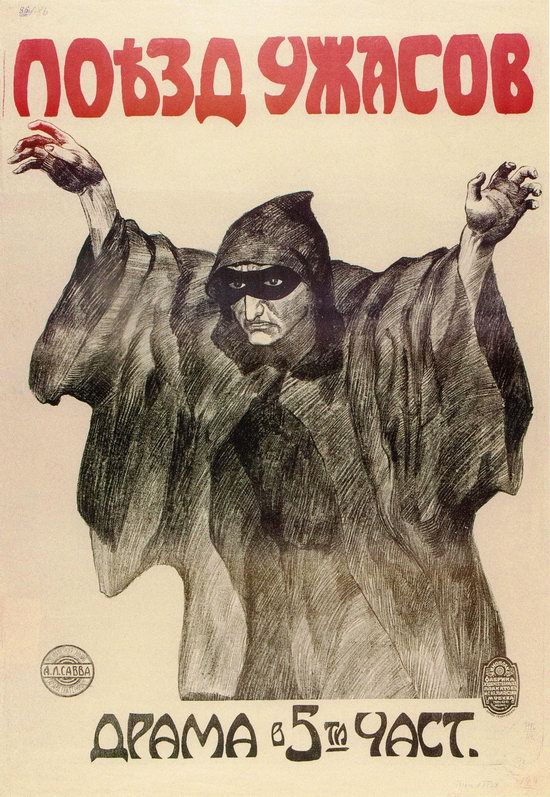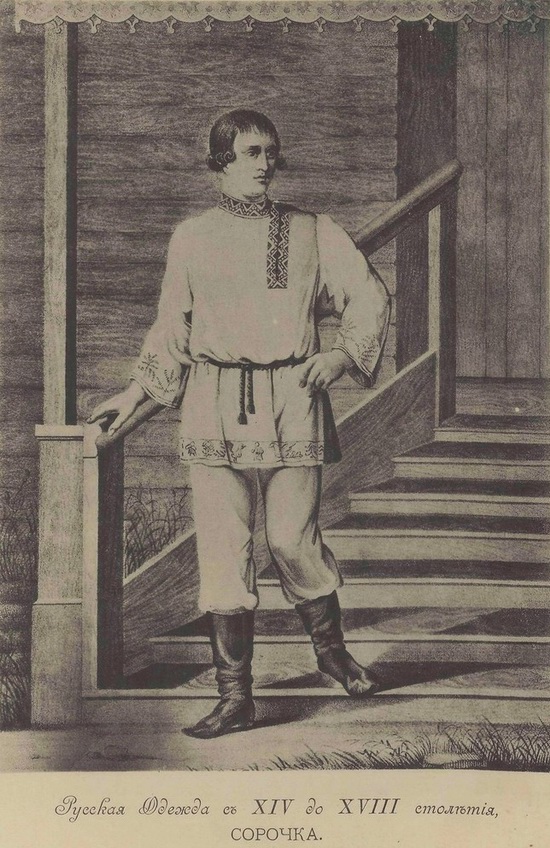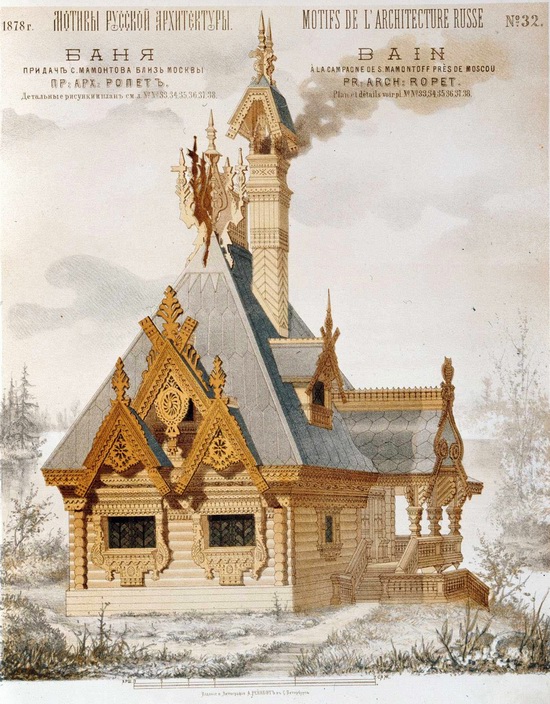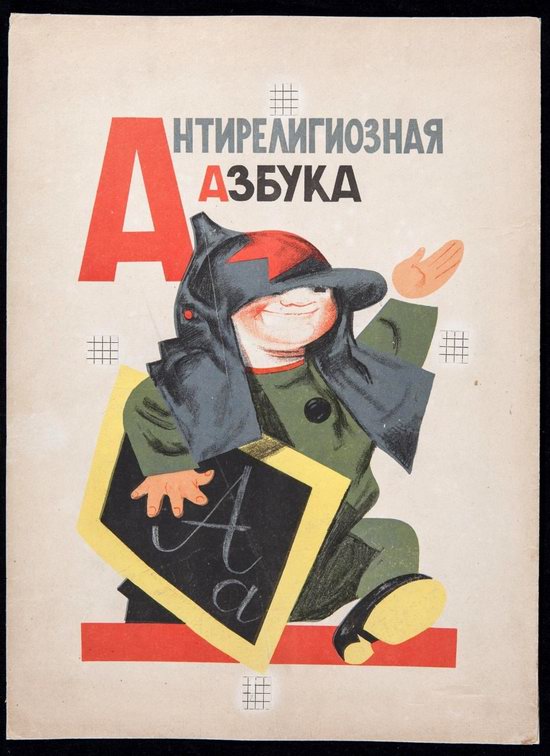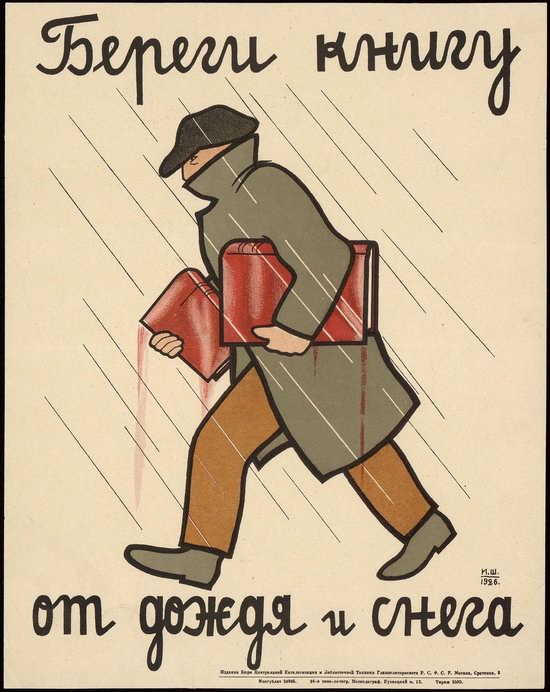CAT | History
4
The Last Years of the Russian Empire in Unique Photographs
No comments · Posted by Sergei Rzhevsky in History, People, Photos
Carl Oswald Bulla or Karl Karlovich Bulla (1855-1929), a portraitist and master of documentary photography, was the owner of a photo studio in St. Petersburg. He became known as “the father of Russian photo reporting.”
In 1886, he received from the Ministry of Internal Affairs “permission to carry out all kinds of photographic work outside his home, such as: on the streets, apartments and in the vicinity of St. Petersburg.” In 1897, Karl Bulla’s photographs began to be published in the popular magazine “Niva”. Since that time, his name became known throughout the Russian Empire.
In total, his legacy is about 230 thousand photographs of the late 19th – early 20th centuries. Let’s take a look at some of them.
Tsarskoselsky (Vitebsky) Railway Station in St. Petersburg.
unique photos of the Russian Empire
Tags: Russian Empire · Saint Petersburg city
20
Saint George Cathedral in Yuryev-Polsky
No comments · Posted by Sergei Rzhevsky in Architecture, History, Regions
St. George’s Cathedral, a white-stone church located in the central part of the ancient Russian town of Yuryev-Polsky in Vladimir Oblast, is an outstanding monument of ancient Russian architecture.
The cathedral was built by Prince Svyatoslav Vsevolodovich in 1230-1234. This was the last large white-stone church built in Rus’ before the Mongol invasion. In 1326-1327, on the model of St. George’s Cathedral, the first stone church was built in Moscow – the Cathedral of the Assumption. Saint George Cathedral in Yuryev-Polsky on Google Maps. Photos by: Pavel Labutin.
Tags: church · Vladimir oblast
30
Russia in 1917-1919 – the Paintings of Ivan Vladimirov
No comments · Posted by Sergei Rzhevsky in Art, History, Society
Ivan Alekseevich Vladimirov (1870-1947) is known as an artist of the realistic school of painting, a battle painter and the author of a series of documentary sketches from 1917-1918.
In 1917-1918, while working in the Petrograd militia (police), he made a series of unique documentary sketches of the events of 1917-1918. After 1917, he was a member of the Association of Artists of Revolutionary Russia. Since 1932, he was a member of the Leningrad Union of Soviet Artists. He painted pictures on historical-revolutionary and battle themes. Source: humus.
1. 1917. “Removal of the Royal Coats of Arms (An Eagle Down!)” The signs on the building – Pharmacy. February.
turning point in the history of Russia
Tags: Leningrad oblast · Saint Petersburg city · Soviet past
23
The Russian Empire in Color – Vytegra and Surroundings
No comments · Posted by Sergei Rzhevsky in History, Photos
Today, Vytegra is a small town (since 1773) with a population of about 10,300 people standing on the banks of the Vytegra River, 337 km north-west of Vologda, the capital of Vologda Oblast.
This is a unique opportunity to see what this place looked like 116 years ago – in 1909. This is possible thanks to the unique color photographs taken by Sergey Mikhaylovich Prokudin-Gorsky, a Russian chemist and photographer known for his pioneering work in color photography. Source.
General view of Vytegra and the Vytegra River.
Tags: Russian Empire · Vologda oblast
27
Urban and Rural Buildings in the Russian Empire in 1881
No comments · Posted by Sergei Rzhevsky in Architecture, History
The following album of projects of urban and rural buildings of the Russian Empire was compiled by the engineer-architect V.G.Zalessky with the participation of other engineers and architects in 1881 – an interesting document of its time with beautiful illustrations. Source with additional pictures: humus.
architecture of the Russian Empire
Tags: Russian Empire
1
The Movie Posters in Russia in 1914-1918
1 Comment · Posted by Sergei Rzhevsky in Art, Entertainment, History
In 1913, on the wave of the general rise of the Russian economy, the Russian Empire saw a rapid growth of the cinematographic industry. In 1913, according to incomplete data, there were 1,412 cinemas in the country, of which 134 – in St. Petersburg and 67 – in Moscow.
The heyday of Russian artistic cinematography came during the years of World War I. In 1916, no less than 150 million cinema tickets were sold in the Russian Empire. Let’s look at the movie posters of those times. Source: humus.
1. Train of Horrors (1910s).
Tags: posters · Russian Empire
11
Russian Civilian and Military Clothing in the 14th-18th Centuries
1 Comment · Posted by Sergei Rzhevsky in Art, History, People
Alexander Vasilyevich Viskovatov was a Russian military historian who lived in the first half of the 19th century.
He was the author of a unique multi-volume book “Historical Description of Clothing and Armament of Russian Troops” with detailed descriptions of military and civilian clothing in Russia from 862 AD to the reign of Emperor Nicholas I.
Shirt.
Tags: Russian Empire
13
The Motives of Russian Architecture in 1873-1880
No comments · Posted by Sergei Rzhevsky in Architecture, Art, History
“The Motives of Russian Architecture” was a magazine published in St. Petersburg from 1873 to 1880. It published projects of residential buildings, public buildings, furniture and decor created by followers of the Russian style. The goal of this movement was to revive the techniques and motifs of old Russian architecture.
After a series of European revolutions in 1848-1849, known as the Spring of Nations, the middle class was quickly becoming rich. They strived to have luxurious and rich interiors. Workshops and factories producing furniture and interior items tried to please wealthy customers. This is how a very magnificent movement in art and architecture arose, reviving the traditions and features of earlier eras of Russian style. Source: humus.
Tags: Russian Empire
30
Soviet Anti-Religious Alphabet (1933)
No comments · Posted by Sergei Rzhevsky in Art, History, Religion
The following book “Anti-Religious Alphabet” was published in Leningrad in 1933. The author of the pictures was Mikhail Mikhailovich Cheremnykh (1890-1962) – a Soviet graphic artist, cartoonist, book illustrator.
Each word in the poetic phrases accompanying the pictures begins with the corresponding letter of the Russian alphabet. Translation gives just a general meaning of these short phrases, but of course, if you know Russian, then this historical document is especially interesting. However, the illustrations themselves give some insight into the attitude to religion during the first decades of the Soviet regime. Source
1. Anti-Religious Alphabet.
Tags: propaganda · Saint Petersburg city · Soviet past
12
Educating Readers in the USSR in 1926-1929
No comments · Posted by Sergei Rzhevsky in Art, Culture, History
Propaganda in the USSR was diverse and covered almost all spheres of life. For example, the following posters educated Soviet people how to properly handle books. Pictures by humus.
1926. Protect the book from rain and snow.
Tags: propaganda · Soviet past

